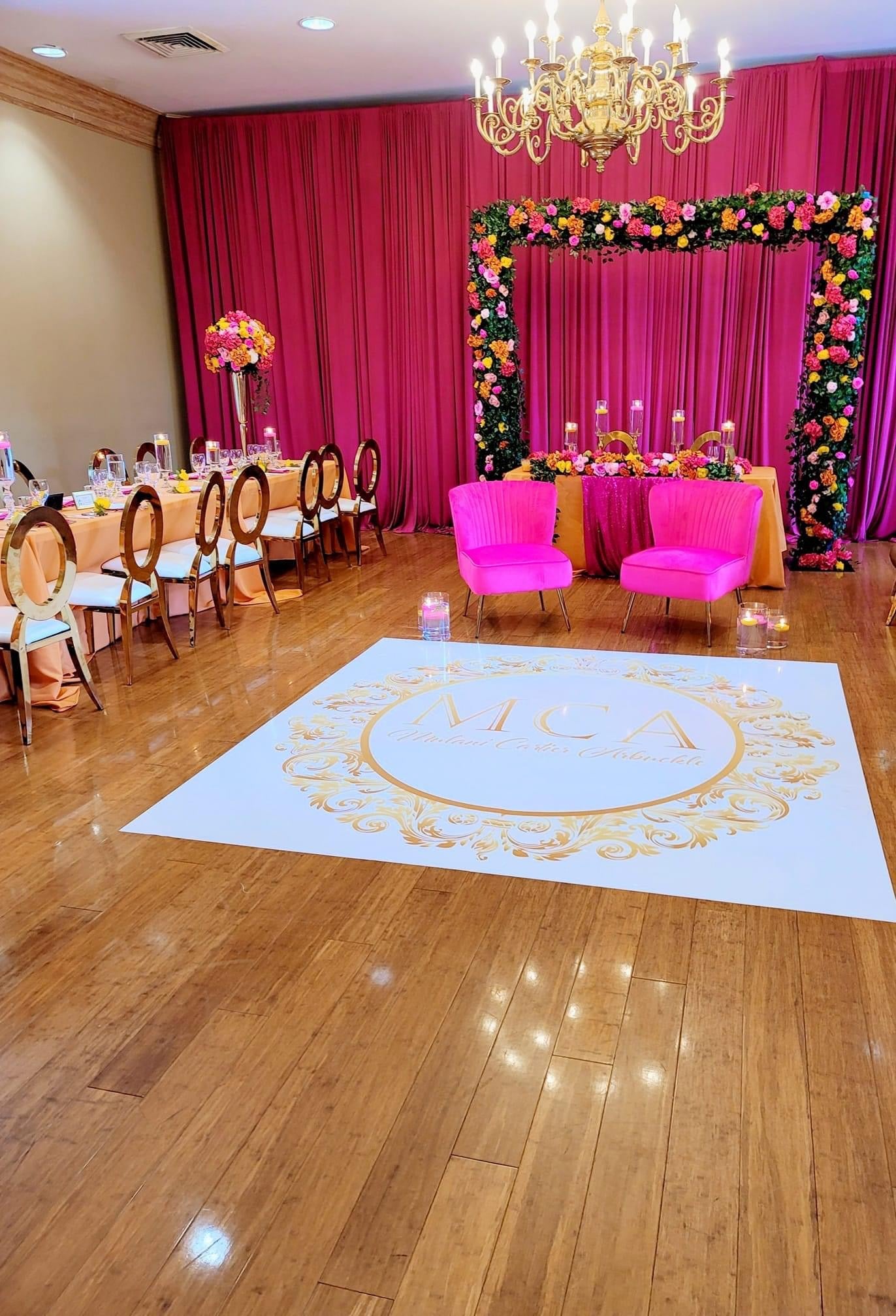Choosing the right components for constructing a long-lasting and safe outdoor dance floor is essential for guaranteeing an pleasurable session. Outdoor movement platforms must endure diverse climate elements while offering a firm surface for performers and participants. Therefore, it is essential to evaluate factors such as material resilience, safety attributes, and maintenance demands when making choices. This article will examine several suitable options and their benefits in creating an outdoor dance floor.
One popular option for outdoor dance floors is wood. Wood provides a classic and inviting aesthetic that many consider attractive. Solid woods like maple or oak are particularly preferred due to their durability and ability to absorb impact, which can protect dancers’ joints. Additionally, wood has inherent slip-resistant properties when finished properly, reducing the risk of accidents. However, maintaining a wooden dance floor requires regular sealing and refinishing to shield it from humidity and ultraviolet exposure, making it essential to consider the environment in which the floor will be installed.

Another viable alternative is composite materials, which combine natural fibers with plastic. These composites are engineered to be resistant to humidity, mildew, and discoloration from sunlight. Composite dance floors offer longevity similar to conventional wood without the extensive upkeep. They are more resistant to distortion and splitting than wooden floors when exposed to harsh outdoor conditions. In addition, composite materials often have integrated slip resistance features, making them a more secure selection for open-air events.
For those seeking a more modern solution, modular tiles made of PVC or elastomer are reliable options. These tiles visit this website are designed for hassle-free setup and can be reconfigured or swapped as needed. The flexibility of using interlocking tiles allows for quick assembly and disassembly, making them ideal for temporary dance venues or festivals. Additionally, these flooring types provide shock absorption that improves comfort while dancing and minimizes the risk of injuries caused by falls. The non-porous nature of PVC and rubber also inhibits water penetration, additionally extending the life of the flooring.
Finally, it is vital to consider the location and planned function of the exterior dance floor when choosing components. For instance, if the dance floor will be installed in a high-traffic area or exposed to inclement weather frequently, choosing robust materials that require low maintenance will be important. On the other hand, for less intense use or in go right here more sheltered areas, lighter materials may suffice. In any case, prioritizing safety features such as traction and shock absorption should remain at the forefront of planning.
To summarize, building a durable and safe open-air dance floor involves thoughtful assessment of diverse solutions appropriate for different settings and applications. Wood provides timeless aesthetics but demands consistent care; engineered composites blend aesthetics with resilience; interlocking tiles provide versatility and ease of use. At the end of the day, identifying the unique requirements of the dance floor's planned use will inform material selection toward choosing the most appropriate material for an enjoyable and safe dancing experience outdoors.